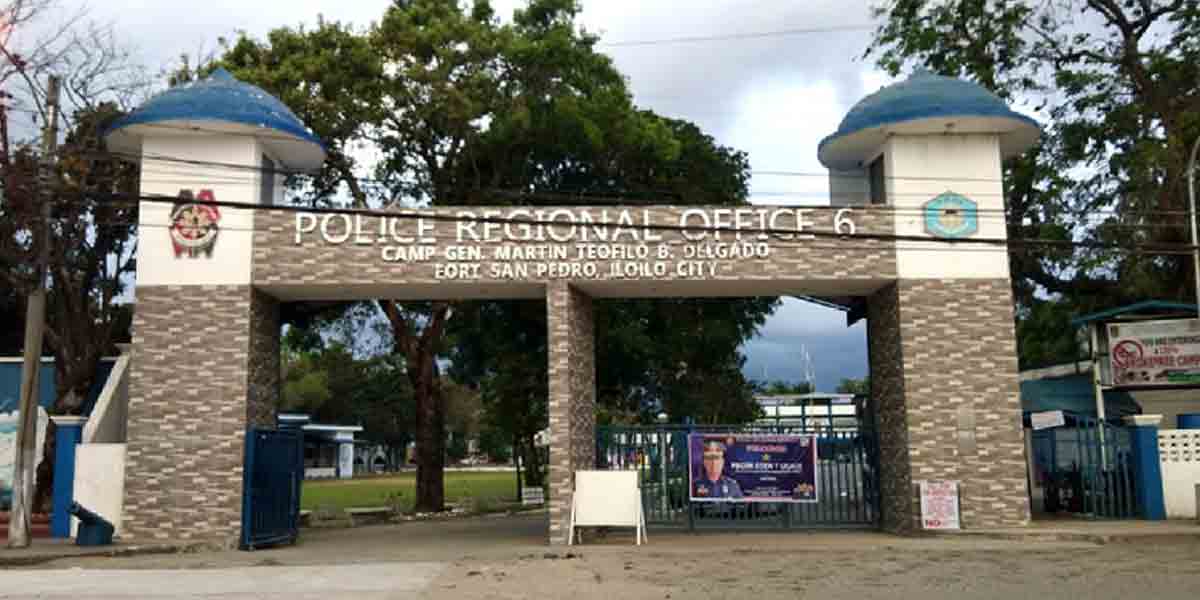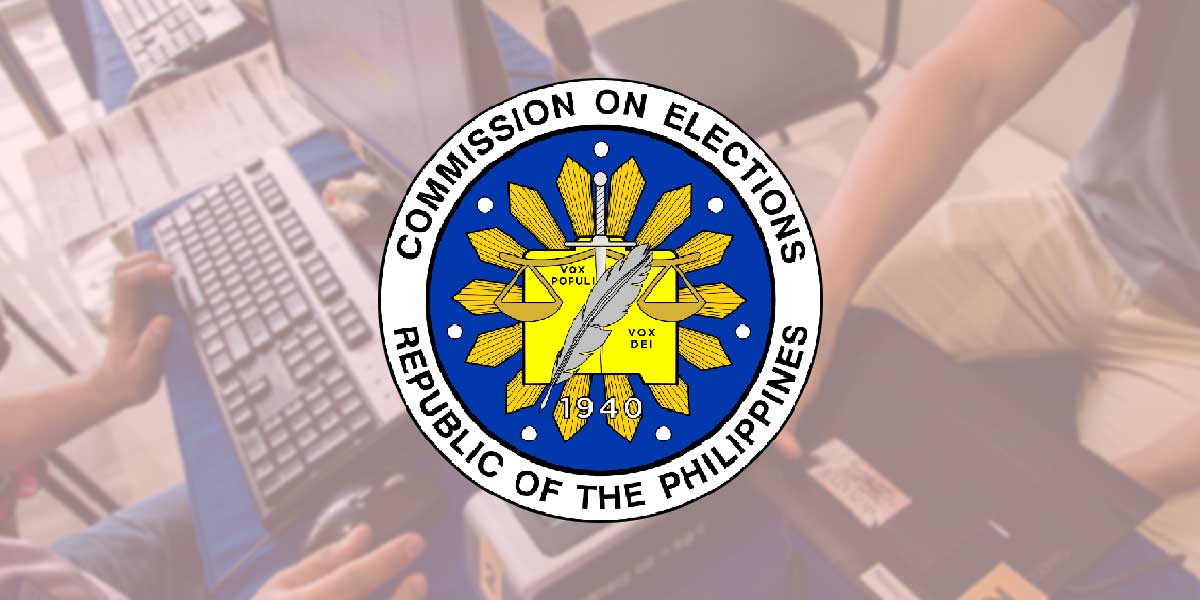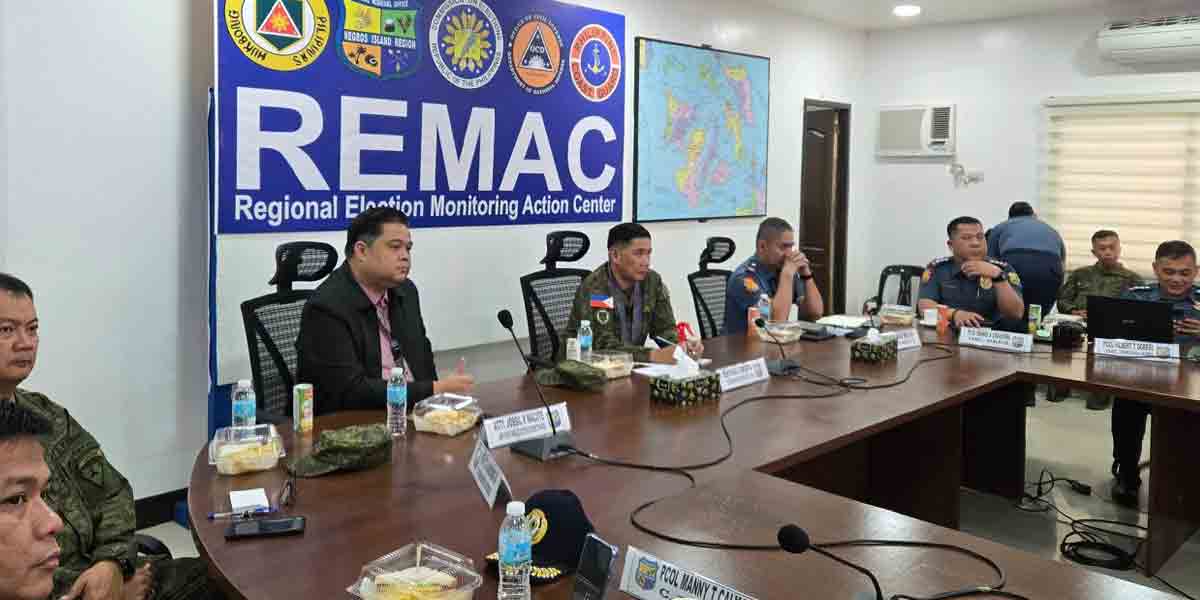Rising before dawn, countless travelers face a familiar dilemma at Iloilo’s taxi stands: accept a fixed fare or risk missing their flight.
The recent viral incident of a PHP 600 taxi fare to Iloilo International Airport has ignited a heated debate about the practice of contracting, where drivers abandon their meters in favor of negotiated rates.
While technically illegal under government regulations, the economic realities forcing drivers toward this practice deserve careful examination.
Consider the plight of taxi drivers who make the 17-kilometer journey to the airport, only to face a two to three-hour wait without passengers for the return trip.
With daily rental fees of PHP1,500 and operating costs mounting by the hour, drivers lose approximately PHP 200-300 during this downtime, effectively erasing their profit margins.
The current regulatory framework, which requires special permits to pick up airport passengers, further constrains drivers’ ability to operate efficiently.
From the passengers’ perspective, contracting creates uncertainty and opens the door to potential exploitation, particularly affecting tourists and contributing to negative perceptions of the city.
Yet the alternative – strictly enforced metered fares – might paradoxically reduce service availability, as drivers could simply refuse airport trips altogether.
The existence of cheaper options, like PHP100 shuttle vans from SM City Iloilo, demonstrates the market’s capacity to provide alternatives, though these services trade convenience for cost.
Modern ride-hailing services have brought transparency to the market, with GrabCar’s PHP450-500 rate serving as a benchmark for reasonable pricing during off-peak hours.
The solution likely lies not in stricter enforcement alone, but in regulatory reform that acknowledges both consumer protection and operational sustainability.
Perhaps a zone-based fare system for airport routes, similar to models used in other cities, could provide the predictability passengers need while ensuring drivers’ economic viability.
Authorities might also consider relaxing airport pickup restrictions or implementing a more efficient queuing system to reduce drivers’ empty return trips.
Digital payment systems and fare monitoring could bring transparency to contracted rides, protecting both passengers and drivers while generating valuable data for policy-making.
The current controversy presents an opportunity to move beyond the simplistic dichotomy of legal versus illegal practices.
What’s needed is a comprehensive approach that balances consumer protection with the economic realities of operating a taxi service in a developing urban environment.
Until such reforms are implemented, the practice of contracting will likely persist as an imperfect but necessary adaptation to market conditions.
Success will require collaboration between regulatory bodies, taxi operators, and consumer advocates to create a framework that serves all stakeholders.
The goal should be to transform Iloilo’s transportation system into one that supports both fair business practices and reliable public service.
This evolution must recognize that sustainable solutions arise not from rigid enforcement of outdated rules, but from adaptive policies that reflect real-world economic conditions.
The challenge now lies in bridging the gap between regulatory ideals and economic realities, ensuring that both drivers and passengers can participate in a transportation system that is both fair and financially viable.




















